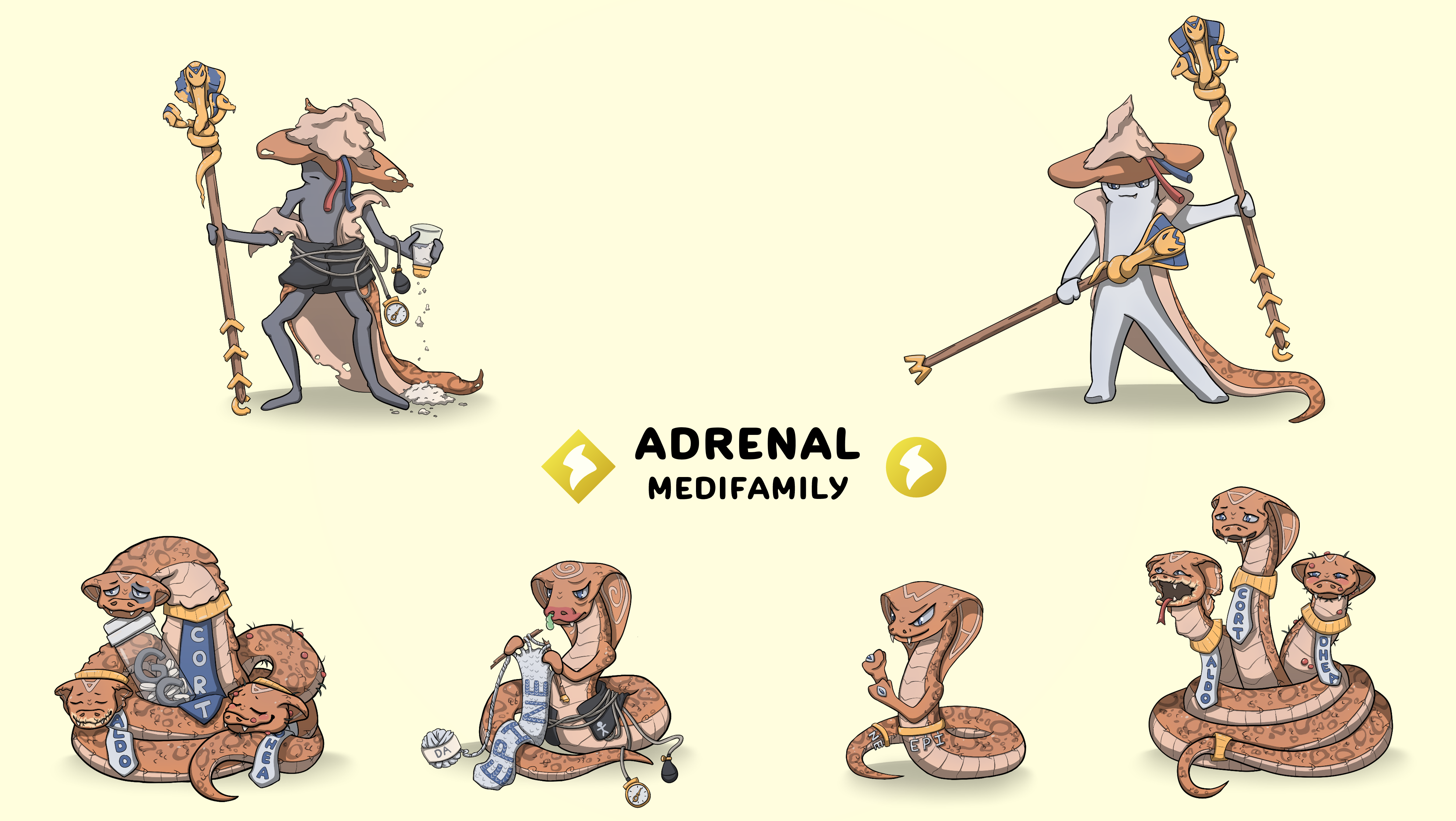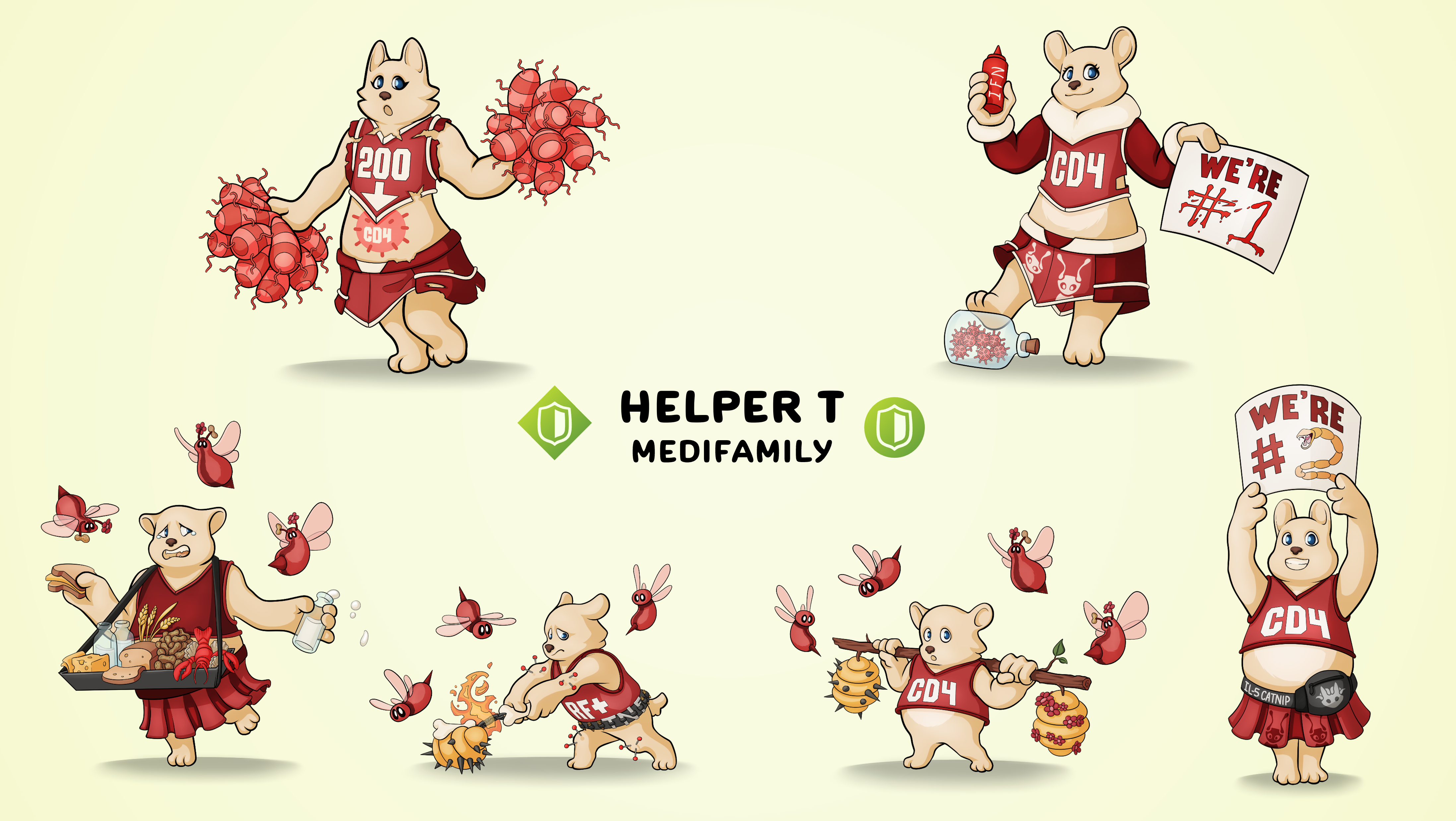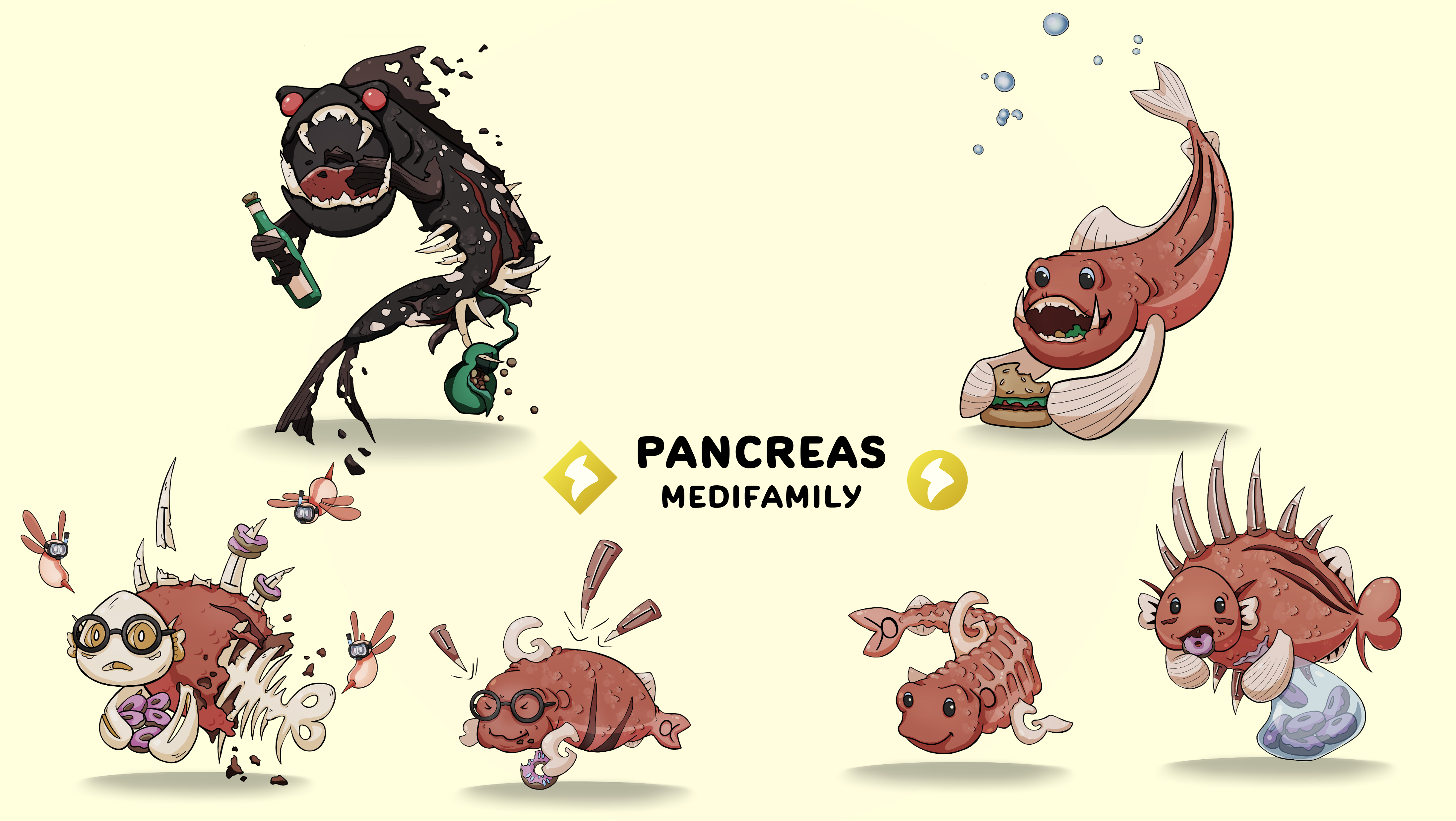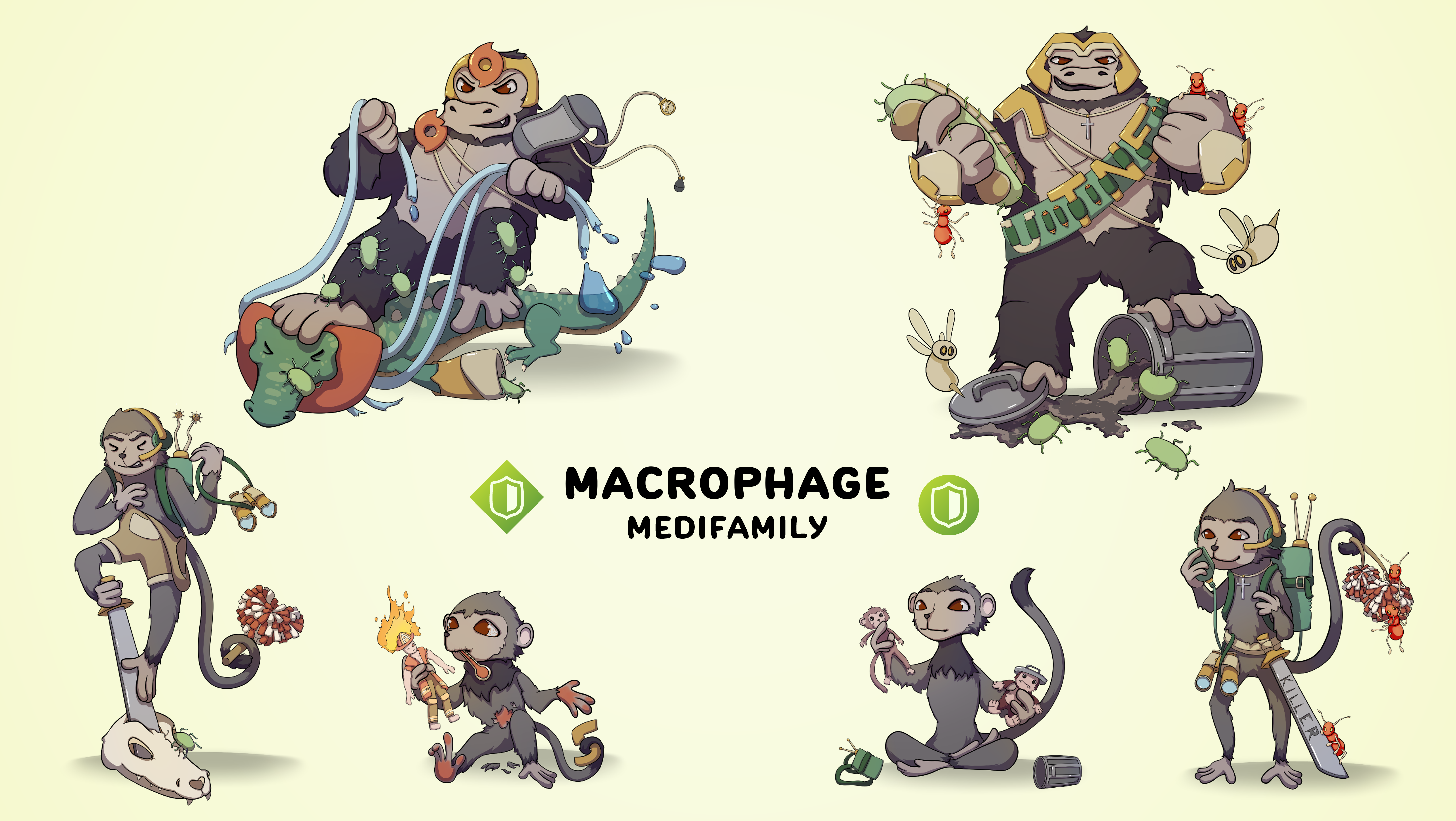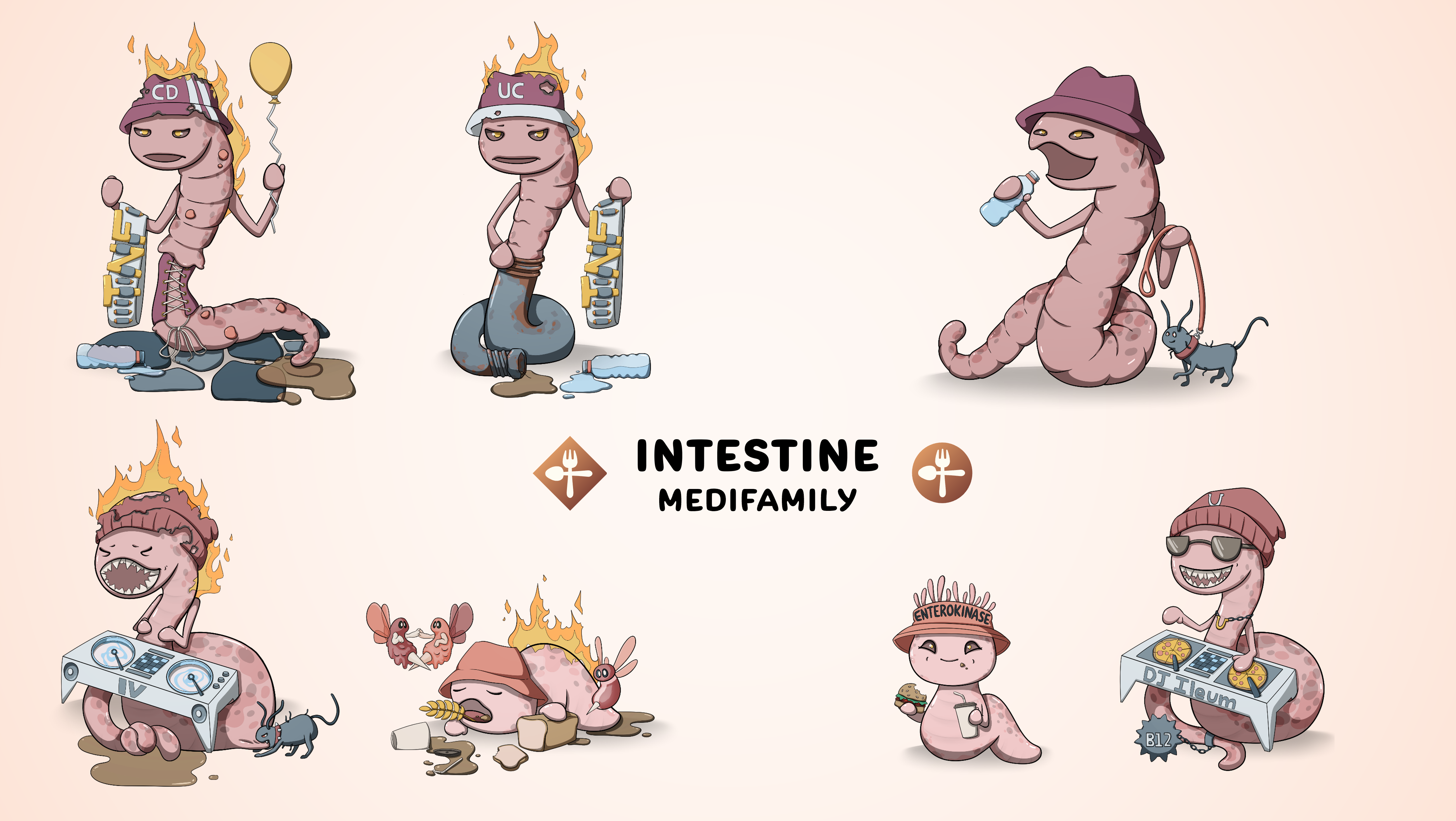Healthy blood
Red Blood Cell
Red Blood Cells (RBCs) are disc-shaped cells in your blood that carry oxygen from your Lungs to the rest of your body. They contain a protein called hemoglobin, which helps bind and transport oxygen and carbon dioxide.
Platelet
Platelets are small, cell fragments in your blood that help with clotting. When you get a cut or injury, platelets stick together to form a Clot and stop bleeding.
Clot
Blood Clots are thick masses of blood that form when Platelets and other blood proteins work together to stop bleeding. While Clots can be helpful in stopping blood loss, they can also cause problems if they form inside blood vessels and block blood flow.
Diseased blood
Sickle Cell Disease
Sickle Cell Disease is a genetic disorder that causes Red Blood Cells to become sickle-shaped and get stuck in Capillaries more easily. This can lead to problems like anemia, pain, and organ damage.
Von Willebrand Disease
Von Willebrand Disease (vWD) is a bleeding disorder caused by a lack of von Willebrand factor, a protein that helps Platelets stick together. This can result in easy bruising, frequent nosebleeds, and excessive bleeding after an injury or surgery.
Hemophilia
Hemophilia is a genetic bleeding disorder where the blood doesn't Clot properly due to a lack of specific clotting factors. People with Hemophilia can experience bleeding and swelling in joints and prolonged bleeding, even from minor injuries.
blood Treatment
Sickle Cell Disease -> Red blood cell
Hydroxyurea is a medication that treats Sickle Cell Disease by increasing the production of fetal hemoglobin that prevents Red Blood Cells from becoming sickle-shaped. It also prevents the production of Neutrophils which contribute to painful symptoms. This can help reduce the risk of pain and other complications related to the disease.
Von Willebrand Disease -> Platelet
Desmopressin is a medication that treats von Willebrand Disease by increasing the levels of von Willebrand factor released into the blood. This helps improve blood clotting and reduces bleeding symptoms.
Hemophilia -> Clot
Clotting factor concentrate is a treatment for Hemophilia that involves providing the missing clotting factors through an injection. By replacing the missing factors, it helps the blood to Clot more effectively and reduces the risk of bleeding complications.

